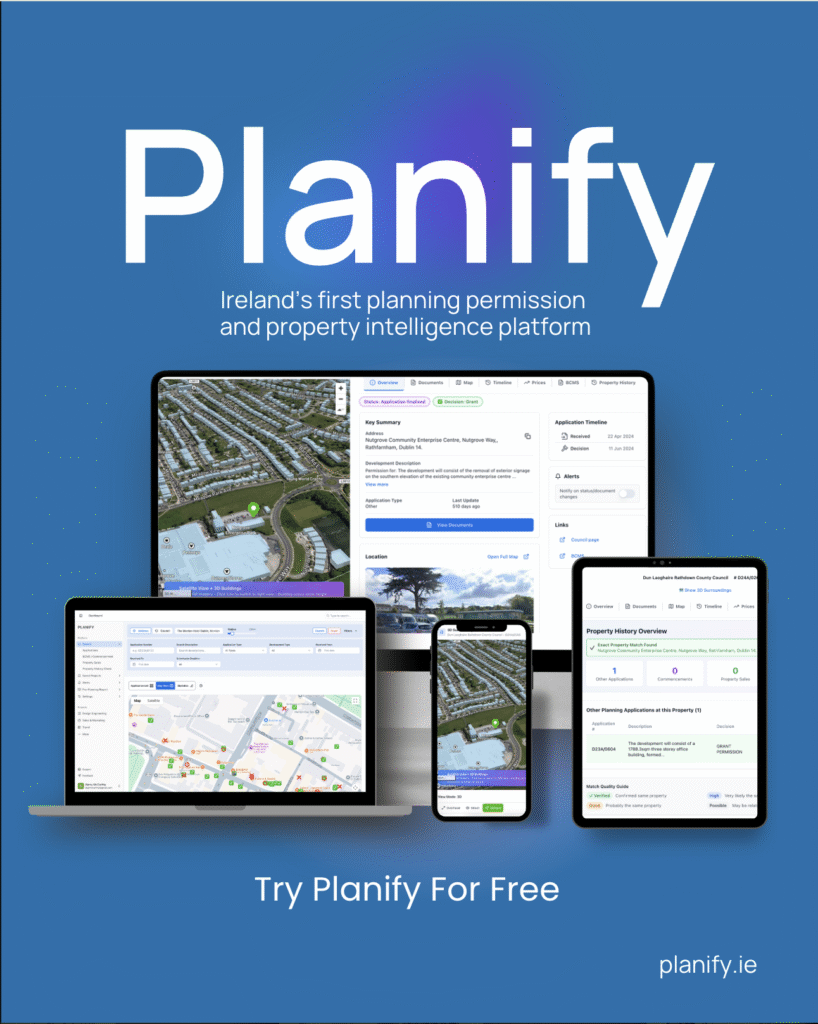A recent study conducted by the Economic and Social Research Institute (ESRI) reveals that a significant 67% of individuals in the Republic of Ireland are residing in houses that surpass their actual needs. This article delves into the implications of this under-occupancy issue, shedding light on housing trends, occupancy rates, and the necessity for adapting housing options to varying stages of life.
An in-depth examination of the research conducted by ESRI uncovers startling statistics regarding housing occupancy in Ireland. The study indicates that Ireland boasts an under-occupancy rate of 67.3%, positioning it among the top three countries in Europe, along with Malta and Cyprus, in terms of housing excess. This rate significantly surpasses the European Union average of 33.6%.
Furthermore, the data reveals that over 88% of individuals aged 65 and above are residing in under-occupied housing. Under-occupancy tends to be more prevalent among higher-income households. Notably, in 2022, nearly 80% of homeowners were living in under-occupied dwellings, whereas only 38.4% of renters were in a similar situation.
Eurostat defines a household as under-occupied if it possesses more rooms than deemed necessary. Ireland stands out for having one of the highest average numbers of rooms per person, standing at 2.1. Only Malta (2.3) and Luxembourg (2.2) surpass Ireland in this regard, with the EU average at 1.6 rooms per person.
The average Irish housing unit comprises 5.5 rooms, a figure significantly higher than the EU average of 3.7 rooms. This disparity is linked to the composition of the Irish housing stock, which predominantly consists of houses rather than apartments, accounting for 89.3%.
In urban areas, under-occupancy is less pronounced, at 58.7%, compared to towns and suburbs where the rate is 68%. The highest percentage of individuals living in excessively large homes is noted in rural settings, reaching 75.9%.
While Ireland’s home ownership rate aligns closely with the EU average at 70%, other housing indicators paint a different picture. The average household size in Ireland stands at 2.6 individuals, higher than the EU average of 2.3. This places Ireland among the countries with the highest average household size in the EU, alongside Slovakia, Serbia, Poland, and Croatia.
The research highlights the challenges posed by the scarcity of smaller housing options for individuals seeking to adjust their living arrangements as they progress through different life stages. The demand for one- or two-bedroom apartments remains unmet in Ireland, affecting various demographics such as older couples looking to downsize, childless couples establishing their own households, young families, and independent young professionals.
Addressing the housing shortage requires policies that incentivize and facilitate the construction of smaller housing units. Encouraging high-rise developments can enhance the efficient use of space and cater to a broader demographic, especially in comparison to a scenario where everyone owns a house.
The report emphasises the crucial role of substantial additional investments in the housing sector to meet the escalating demand for new household formations, surpassing the current completion rate of 33,000 units in 2023. As housing constraints impact the economy significantly, strategic measures are imperative to address the evolving housing needs in Ireland.







